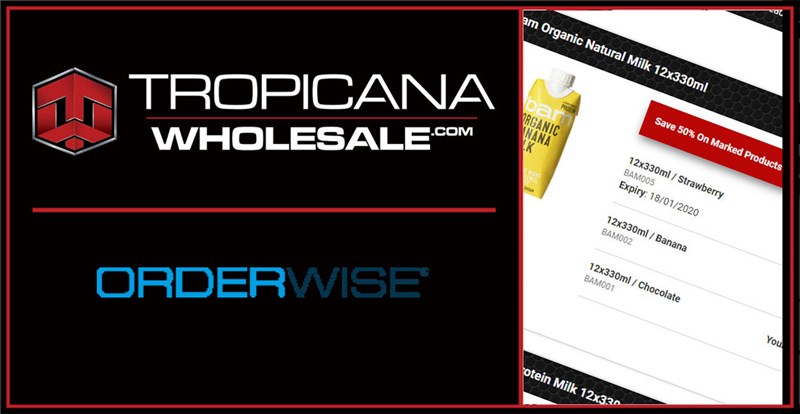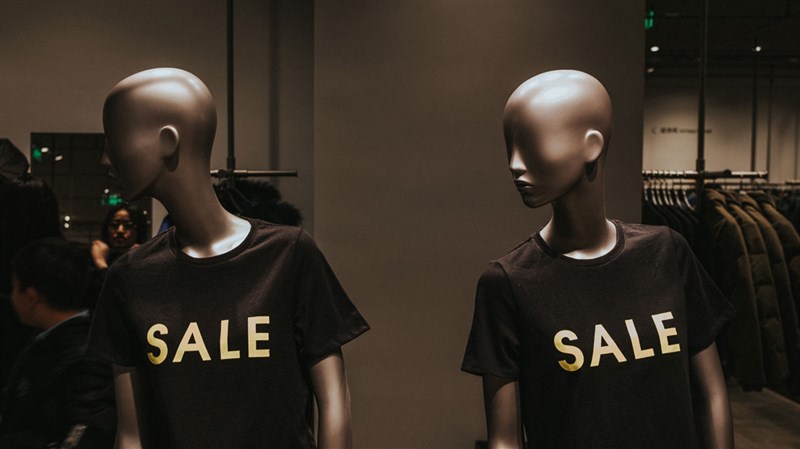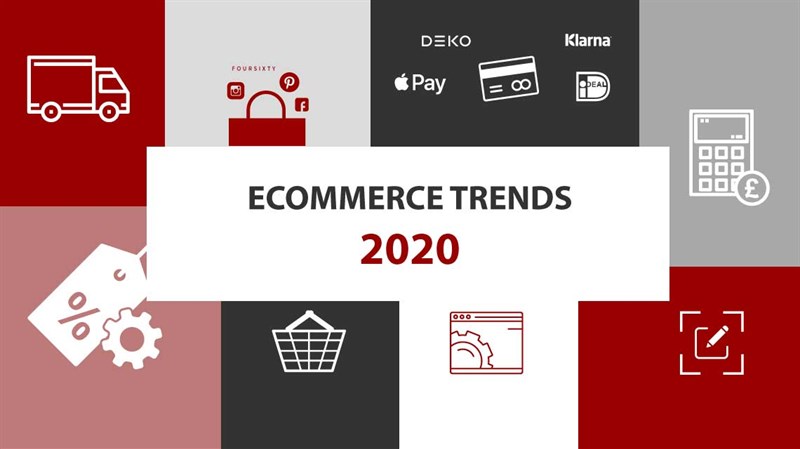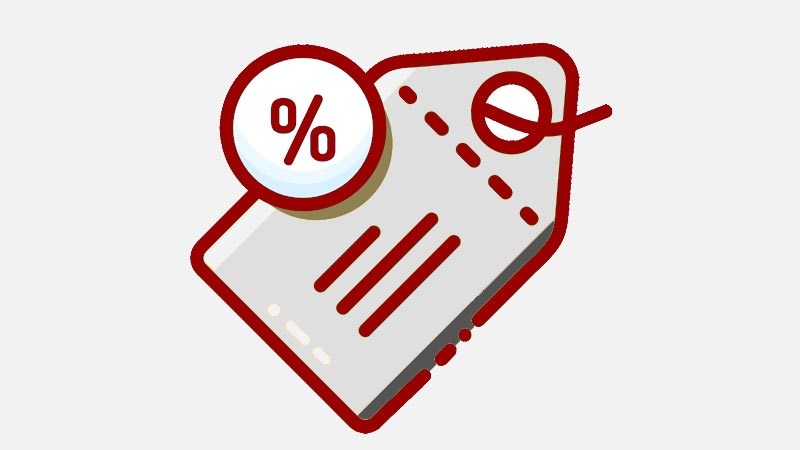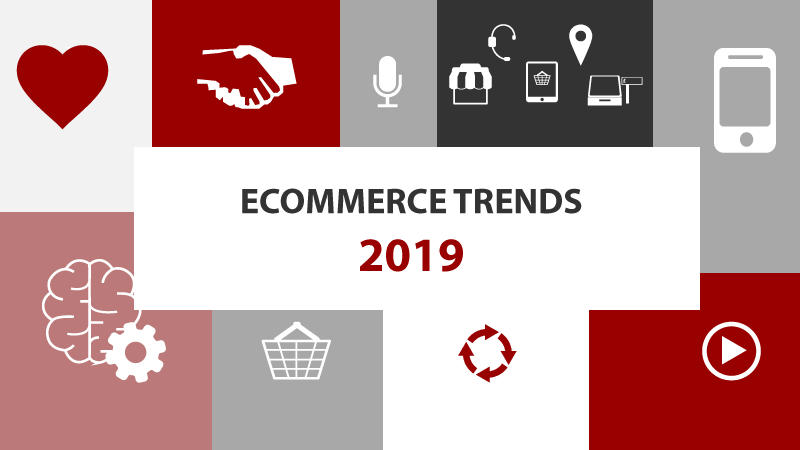
CRO Lab - Why personalised content is key to increasing conversions & AOV
Personalisation has been a hot topic in the world of ecommerce for years but despite its clear benefits and importance, lots of merchants are still struggling to implement strategies to deliver it. Many try and run before they can walk, and over complicate things so much they never get off the ground. Others trust so called ‘intelligent systems’ that deliver content based on other people’s habits that don’t work, but often they struggle due to the limitations of their ecommerce platform. They just can't do what they want to.
Many platforms fail in being able to deliver personalised communications to the user throughout their online journey, whether that is through different landing pages, emails, banners, forms, recommendations, videos, products, offers, or pricing. The communication of key promotions, recommendations (up-sells and cross-sells) or shipping information is vital to conversions and AOV, so the more relevant they are to the user, the more likely they are to convert, and the more likely they are to spend more.
The tightening of laws around GDPR and third-party cookies means the acquisition of new customers is likely to become both more difficult and more expensive meaning it's more important than ever to get the maximum from your existing customers. Providing them with a personalised experience, each and every time they visit your site will go a long way to helping you achieve that. And, as many aspects of it are automatically performed live and in real time, the impact on your resources will be minimal, unlike most personalisation programmes.
Historical & live personalisation
By using a class-leading ecommerce platform, like tradeit - with its built-in conditional components, you can start to tailor your content based on different users and/or products. How you segment those users or products is down to you but could include delivering them unique content based on both historical information such as:
- Who they are, if they are logged in, or cookied from a previous visit
- Whether they have been assigned to a specific user segment or a company account (these can be defined by you and based on any segmentation you have such as demographic or membership level, and be auto-populated)
- What they have previously bought
- What’s on their wish list
- When they were added to your site (e.g. are they defined as a NEW customer or NEW product)
As well as 'live' information such as:
- What time it is (different content can be shown at different times of day or dates)
- Where they are based (location, channel, longitude & latitude)
- Where their billing or delivery country is or isn't
- What they search for (exact matches, contains, starts with, ends with, doesn't contain)
- What they add or don't add to their basket (including type, brand and quantity of items)
- What offers they have triggered or not triggered when adding items to their basket
- When they've almost triggered an offer
- If no other components are displayed, or if the customer has not been displayed the component before in the current session
- The value of the items in their basket (between, greater than, less than)
- The delivery cost of the items in their basket (equals, is less than, is greater than, is between x & y)
- Where they have come from (referring URL such as PPC, email campaign, affiliate, social media, query string)
- Type of device they are accessing the site on (You can display different content to users on mobile and desktop for instance)
Where and how to personalise your content
Once you have set your strategy to determine how you wish to begin personalising content to your users, you can also determine where to deliver content to them. Every single component, on every single page can now have conditions applied to it so that each of them can be customised.
This means they can be shown or hidden for different users, or for different products, depending on the rules that have been applied to them. You can also restrict which pages they are displayed on in case you want to use global components but not show them on certain pages.
This could include in prominent places on the homepage, category listing pages, product listings pages, product pages, search results pages, basket, and the mini-basket, with content triggered to display based on different user actions.

Conditions can be applied to any component which determine if and when it will be shown.
For instance, if a user adds a pair of trousers to their basket, it could trigger an advert to appear suggesting a shirt to go with them, some personalised cross-sells to appear on the product page (related to the user, or the trousers), or perhaps a 10% discount on a pair of shoes if they buy them with the trousers, all in real time and all triggered from that action of the user adding them to the basket.
That is just one example of how an advanced ecommerce platform can help you deliver more relevant content to your users, increasing conversions and AOV. You can already see how you can build up your personalisation strategy as you go, with different products triggering different suggestions or different offers, then add further ways and places to personalise and you begin to create journeys tailored to individual users and their individual actions each time they browse, search, or buy from you.
To find out more about how tradeit’s conditional components can help you deliver personalised content to your users and increase conversions & average order value, then contact us.
This is an updated version of an article first published in April 2021



